Coral Sunset Peony: Your Complete Guide To This Beautiful Color-Changing Hybrid
The coral sunset peony is a gorgeous addition to any garden. This beauty has double blooms that undergo an amazing color change as they age.
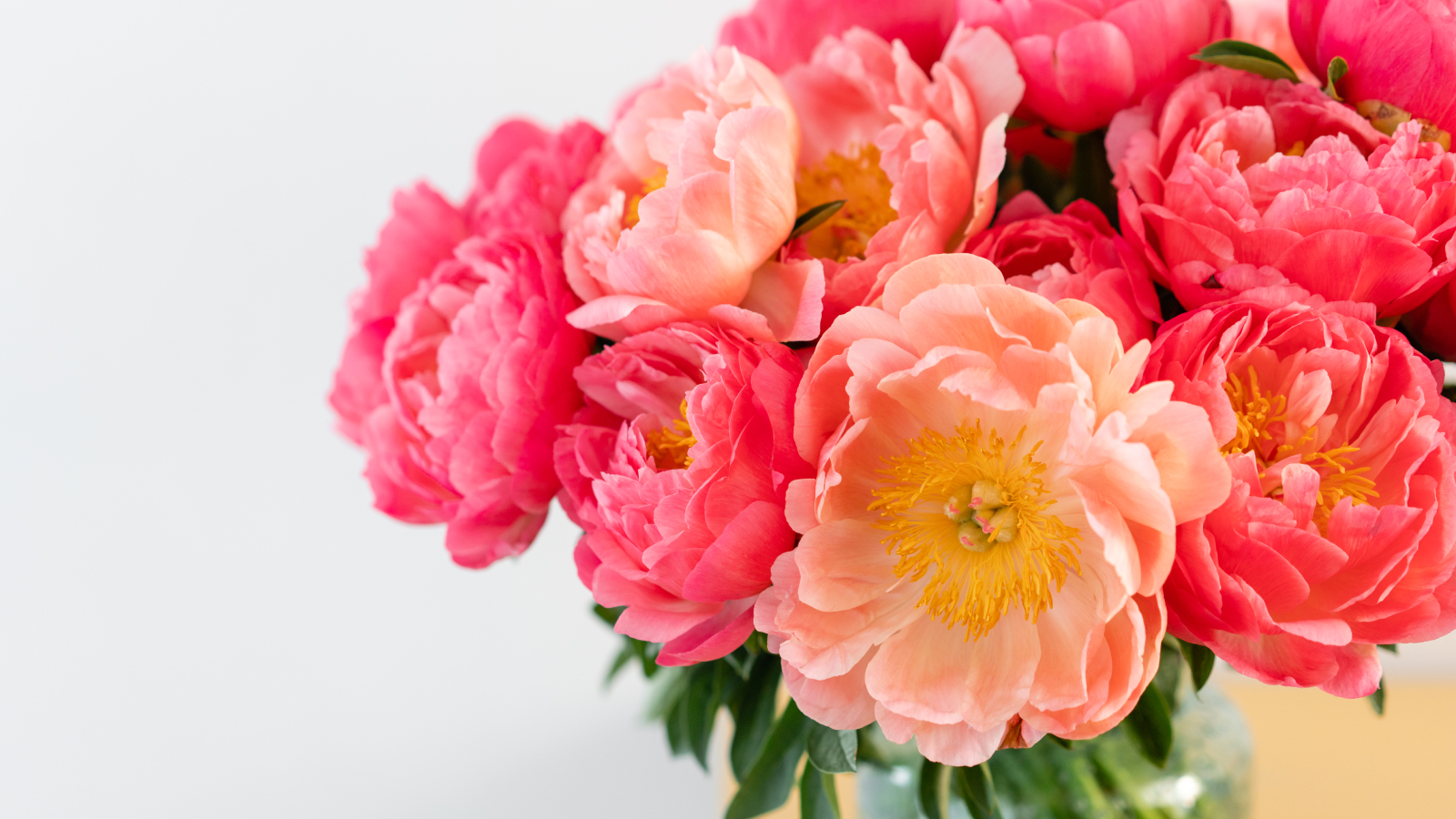

Laura Walters
Quick Facts
Botanical name: Paeonia 'Coral Sunset'
Height: 2.5 to 3.0 feet (0.8 to 0.9 m)
Spread: 2.0 to 2.5 feet (0.6 to 0.8 m)
Sun exposure: Full sun to partial shade
Soil requirements: Rich, well-drained
Hardiness zones: USDA zones 3 to 8
When to plant: Fall
‘Coral Sunset’ is a hybrid, herbaceous peony, meaning it dies back in the fall and comes alive with new growth in spring. Peonies are popular garden perennials for their over-the-top flowers that appear in late spring or early summer.
All types of peonies are well-suited for a variety of landscaping needs. Peonies can be good foundation plants, they shine as border plants, and also make for good specimen plants in romantic cottage gardens.
Because peonies are so popular, you can find thousands of peony varieties and hybrids. One with unique coloration is ‘Coral Sunset.’
Caring For ‘Coral Sunset’ Peony
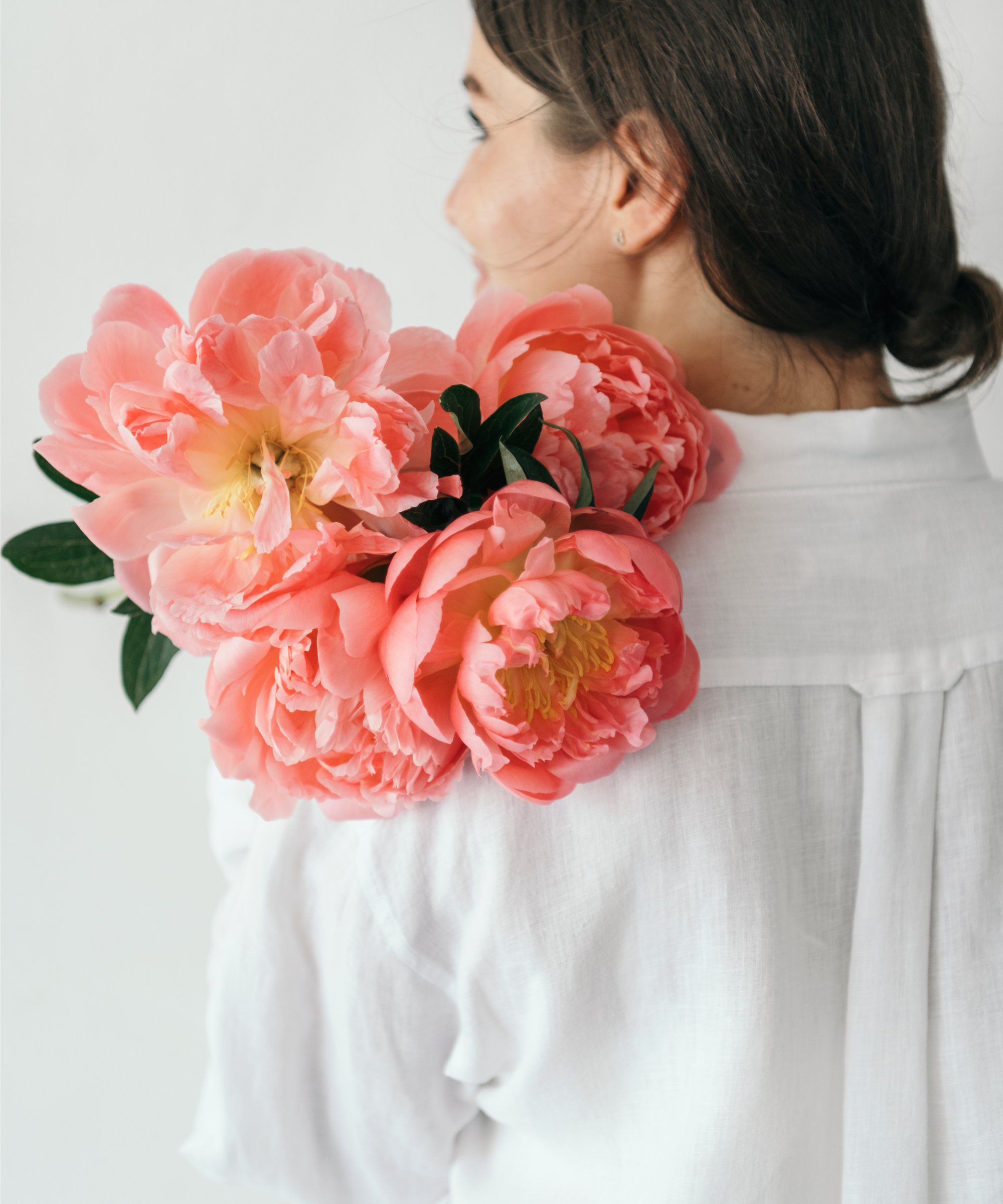
This coral peony has more orange tones than most peony flowers. It is prized for its large, semi-double blooms that emerge an intense shade of coral and transition as they mature to coral-pink, yellow-cream, and finally, white.
Light
Grow your ‘Coral Sunset’ peony in full sun or in a spot that gets just a little shade, preferably in the afternoon. Peonies make great foundation plants, but be sure that your house doesn't shade them too much.
Water
Peonies have medium water needs. The soil should drain well but retain a medium amount of moisture. Water your peony weekly if it isn’t raining. It should get an inch or two (2.5 to 5.0 cm) of water per week. Water is especially important in the early spring as the peony develops leaves and flower buds.
Temperature & Humidity
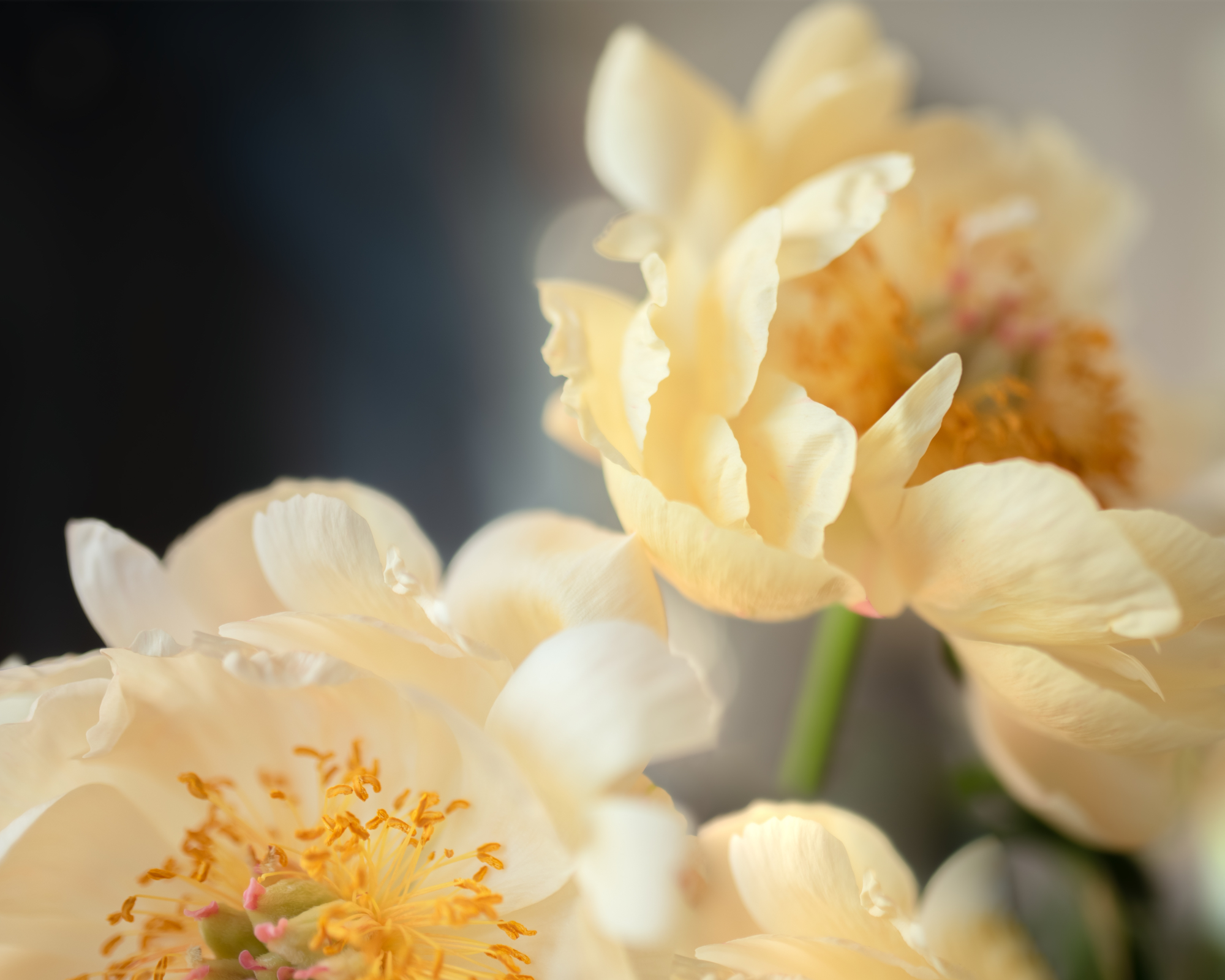
Peonies are fairly hardy and need cold winters to reappear and bloom in spring and summer. During the growing season, their humidity needs are moderate. Too much moisture can lead to fungal diseases. This peony grows best in USDA zones 3-8.
Sign up for the Gardening Know How newsletter today and receive a free copy of our e-book "How to Grow Delicious Tomatoes".
Soil
Peonies can adapt to many soil types, but it must be well-drained soil. If your soil is too heavy and doesn’t drain, amend it before planting.
Fertilizer
Peonies do not need a lot of fertilizer. Use compost in the planting hole and apply some around the base of the plant annually. Or, use a small amount of bulb fertilizer every few years just after flowering.
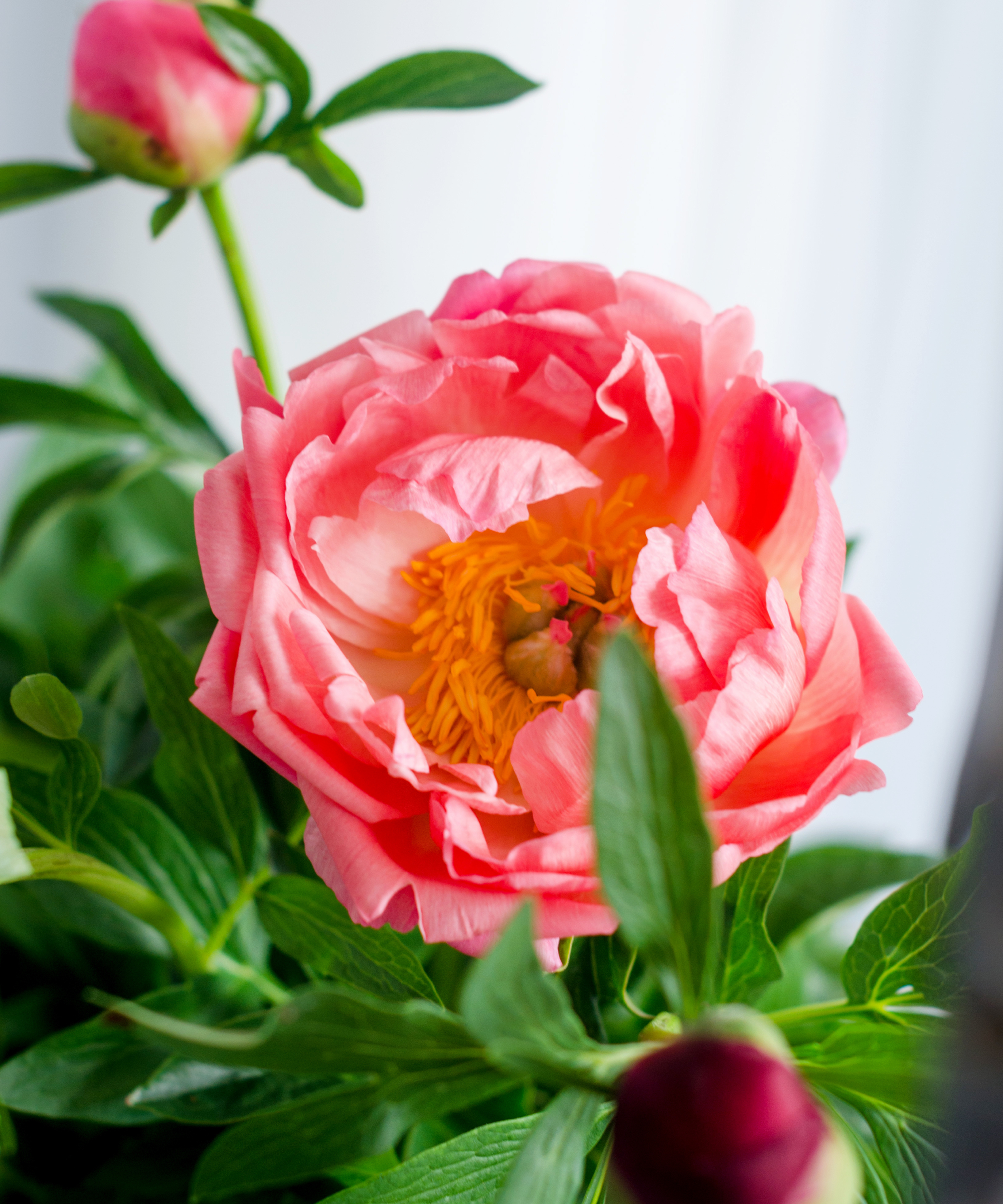
Problems, Pests & Diseases
Your ‘Coral Sunset’ is susceptible to bortrytis blight, a type of mold. Space your plants adequately to allow for airflow and to reduce the risk of mold and other common peony diseases.
Ants on peony buds and blooms are common and not damaging to the plant. If you are using the cut flowers for bouquets, simply shake the ants off before bringing the flowers indoors.
Pruning
Peonies do not need much pruning, but they do make great additions to cut flower displays. Once a peony has finished flowering, you can cut the stems back. Remove any dead or diseased stems.
If you need to trim stems for air flow or shaping, cut them back to above the first bud. Trim back all the dead foliage after the first frost in fall.
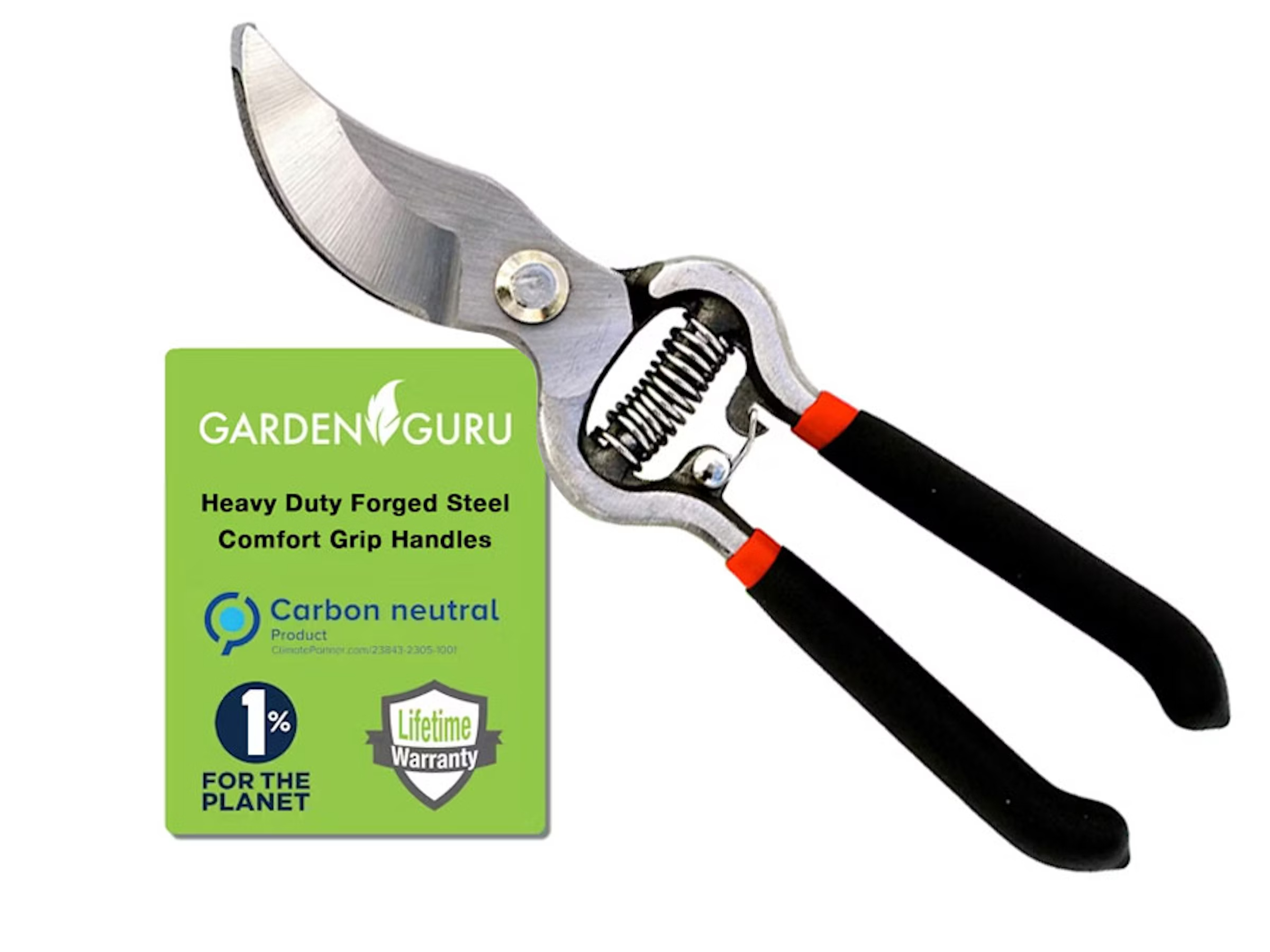
These pruning shears are perfect for trimming plants and cutting peony blossoms for an indoor floral display. Find in the Gardening Know How Shop.
Propagation
Dividing peonies isn't usually necessary and they are happiest when left alone for years at a time. If you do want to propagate them, lift the entire root clump out, divide it, and replant. Use a sharp clean knife to cut the root clump into divisions. Fall is the best time to divide peonies.
Repotting
Peonies are generally not grown in containers. They grow fairly large and do not transplant well. If you have to move a peony, it might die back and reappear the following year. You also might not see flowers on it for a year or two.
This article features products available from third-party vendors in the Gardening Know How Shop.

Mary Ellen Ellis has been gardening for over 20 years. With degrees in Chemistry and Biology, Mary Ellen's specialties are flowers, native plants, and herbs.
- Laura WaltersContent Editor